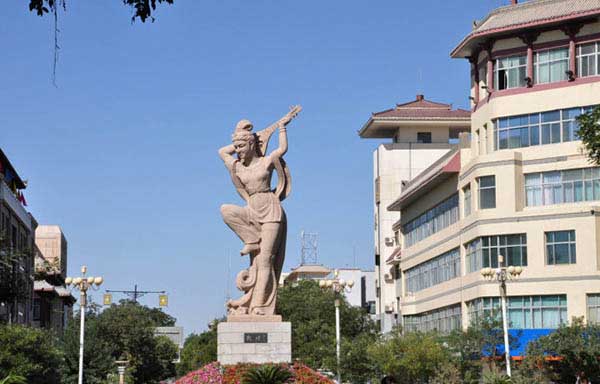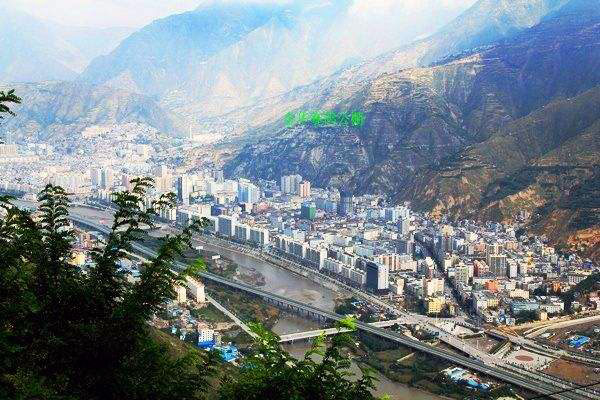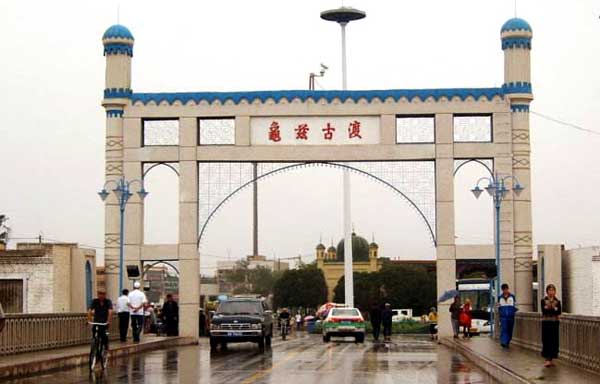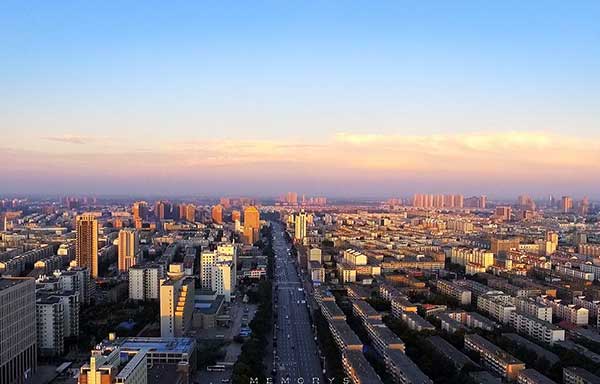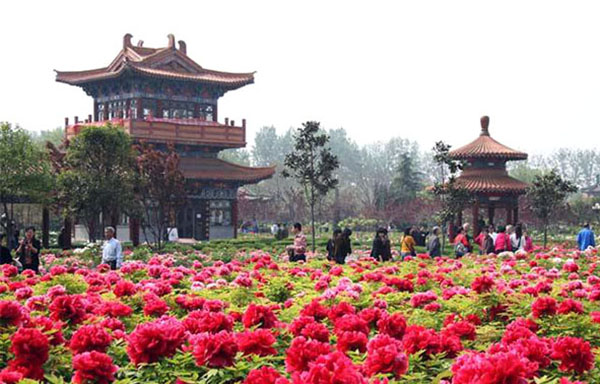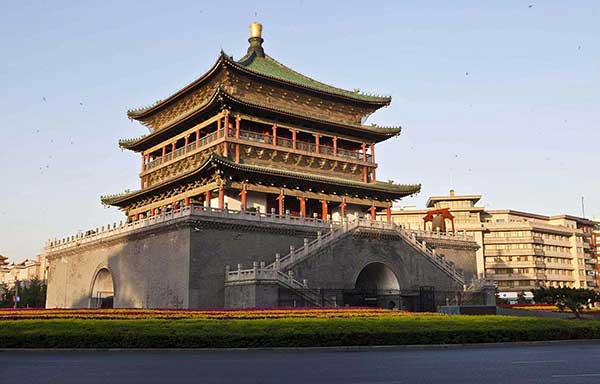- By admin
- In SilkRoadKnowledge
- 2016-06-07
the geography of the silk road
by ray gonzales
historians look back at the events of the past and use them as a tool for analyzing the state of the world today. civilizations have dealt with numerous problems concerning their environment, natural resources, and other civilizations. for centuries, people have either dealt with outside pressures and survived, or perished under its weight. civilizations that flourish despite great odds are studied and used as case studies for how we should deal with problems of the present day.
the civilizations that developed in china and mesopotamia are perfect examples of how people dealt with other cultures. there was a time when the two lived in complete ignorance of each other, separated by a vast and hostile wasteland known as central asia. eventually, the civilizations of western asia and china would come in contact by way of an overland trade route known as the silk road. this article takes a historical outlook on this ancient route from its birth before christ to its lingering legacy in this present day. the inevitable encounter between east and west some 2000 years ago provides us with a guide for dealing with twentieth century effects of globalized economy, culture, race, and nationality. the vast amount of ideas and information that we encounter over the world wide web is not unlike the vast amount of ideas and information encountered on the silk road somewhere between china and the west.
within central asia lies one of the most inhospitable deserts in the world. here, there are little or no natural resources. in a land with little water, there is equally little vegetation or wildlife. sand storms whip the sandy surface of this region burying anything in its path. this is the taklimakan dessert, but local people call it "the land of death", or "the land of irrevocable death". such people rarely intruded into the interiors of the taklimakan dessert. instead they stuck to the path of the silk road and other routes which skirted the edges of the dessert. the taklimakan has for centuries acted as a natural barrier between the east and west, however, it was not the only thing preventing contact.
the land surrounding the taklimakan is equally hostile. to the northeast lies the gobi dessert, which is less dry and desolate than the taklimakan, but nonetheless a formidable boundary. to the south lie the largest mountain ranges in the world - the himalayas, karakourum, and kunkun. these giants separate central asia and the indian sub-continent. still another barrier separating east from west is the pamir "knot", a conglomeration of several mountain ranges including the tianshan and pamir ranges. approaching the area from the east, the least difficult entry is along the 'gansu corridor', a relatively fertile strip separating the mongolian plateau and the gobi from the tibetan high plateau. coming from the west, or south, travelers were forced to make their way through icy passes along the pamir "knot" and the himalayas.
chinese and western civilizations developed on opposite ends of the continent in areas that were able to support life. the western end of the trade route developed first along the fertile crescent of mesopotamia, while the eastern end developed more slowly due to the difficult terrain. the chinese civilization advanced during the qin dynasty, when individual states unified under a central government located at changan (present day xian). exploration of the west by the chinese did not begin until the han dynasty when the emperor sent zhang qian on a mission to form an alliance with the yuezhi tribe in the west. he began his journey in 138 bc and returned to his emperor's court 13 years later after being captured twice by an enemy tribe. although qian failed to secure an ally in the west, he brought back important information about a new breed of horse and hitherto unknown tribes in the west. more expeditions were sent west to retrieve horses and objects of beauty for the emperor. by this process, the route to the west was opened up. many scholars regard zhang qian as the father of the silk road, but even before his expedition, small amounts of chinese goods were reaching the west.
Related destinations
Why Choose Us?
We are the top Silk Road tour operator based in Dunhuang, China. We focus on providing well designed Silk Road China Tours with resonable price and thoughtful service.
- Easy & carefree booking
- The best value
- Great travel experience
- Locally operated
Hot Tours
-

6 days Gansu tour to Binglingsi, Xiahe and Langmusi
Tour type : Private tour Price : from *** Destinations : Lanzhou - linxia - Xiahe - Langmusi - Hezuo - Lanzhou -

12 Days Gansu Highlights Tour
Tour type : Private tour Price : from *** Destinations : Xian – Tianshui – Lanzhou – Xiahe – Langmusi – Hezuo – Zhangye – Jiayuguan - Dunhuang -

10 Days Silk Road Classic Tour
Tour type : Private tour Price : from *** Destinations : Xian - Zhangye - Jiayuguan - Dunhuang - Turpan - Urumqi -

5 Days Zhangye - Alxa youqi Highlights Tour
Tour type : Private Tour Price : from *** Destinations : Zhangye - Alax youqi - Zhangye

